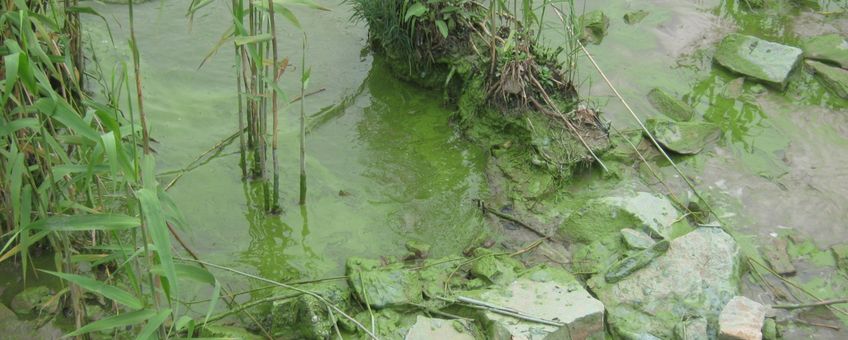
Will we only be able to swim the Friesian Elfstedentocht in the future?
Wageningen Environmental Research, Wageningen University & ResearchFor their research, which was led by Luke Grant and Wim Thiery of the Free University of Brussels (Vrije Universiteit Brussel, VUB), the scientists used different future scenarios describing greenhouse gas emissions. With a low level of emissions, the most optimistic scenario shows a future in which the global average temperature in lakes will rise by 1.5 degrees Celcius compared to the pre-industrial revolution level. As a result, lakes will have 14 fewer days of ice cover. In the most pessimistic scenario, if emissions are not reduced, lakes will heat up by 4 degrees Celcius, causing 46 fewer days of ice globally. "In the Netherlands, we have an average of 6 days of ice per year. This means we could face a future in which there is virtually no ice in the winters", says Dr Annette Janssen, a Wageningen University & Research scientist and co-author of this study.
Cause of warming
In addition to the warming of lakes that has been shown in this international study, the researchers want to find the cause for this phenomenon. Could the past two decades simply have been warmer? The team developed a large number of computer simulations with models of lakes on a global scale, upon which they subsequently unleashed various climate scenarios. "Merging models on this scale is unique and produces a large amount of data hitherto unavailable to us", says WUR researcher Bram Doppers, who contributed to this study. The resulting databank was subjected to the UN-climate panel (IPCC) research method. This analysis enabled the international research team to prove that the global change in temperatures and the ice layer on lakes can only be explained by the massive greenhouse gas emissions caused by humans.
The results show that it is highly unlikely that increasing temperatures and declining number of ice days over the past decades could be attributed to coincidence. Moreover, the researchers found clear similarities between the changes in the lakes and computer models of lakes in a climate that is under the influence of greenhouse gasses. "This provides indisputable evidence that climate change impacts lakes", says Luke Grant, lead author. Predictions on the temperature and ice layer unanimously show progressive trends for the future. For every degree in global atmospheric temperature increase, lakes are expected to show a 0.9 °C temperature increase and will lose 9.7 days of ice.
The global temperature increase in lakes and subsequent melting of ice may gravely impact us all. In addition to a decrease in the chances an Elfstedentocht will take place, the lakes will also be warmer in the summer. We enjoy a cooling dip in swimming water such as lakes. "But it is not just humans that enjoy a refreshing swim when it is warm", says Janssen. "Blue-green algae also thrive in warm weather." In warm weather, these algae grow faster and may cover the water’s surface. This may be dangerous, as the blue-green algae emit toxic substances. Swimming spots were frequently closed in the last warm summers.
The international research shows considerable differences in the conditions of the lakes at the end of this century, depending on what measures humanity takes to mitigate climate change. The results underscore the importance of the Paris Climate Agreement measures because a maximum of 1.5 degrees temperature increase is essential for the health of lakes across the globe. Climate change effects, including those on lakes, will be an important topic during the United Nations COP26 climate conference in Glasgow in November. Because, if we drastically cut back our emissions in the coming decades, we may still avert the most serious consequences for lakes everywhere. That would be good news for a future Elfstedentocht and the preservation of good swimming water.
More information
- Article Attribution of global lake systems change to anthropogenic forcing in Nature Geoscience
Text: Annette Janssen, Wageningen University & Research
Photo: Wageningen University & Research
